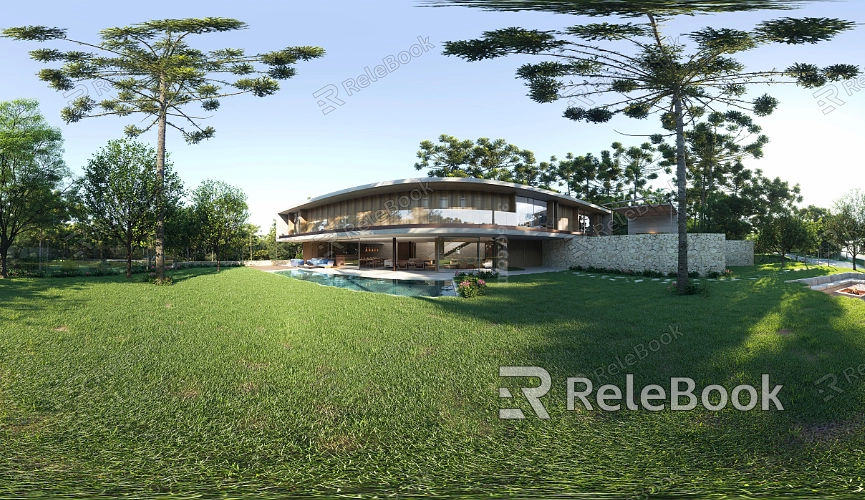How to Optimize HDR Textures for 3D Models in Blender?
HDR textures can significantly enhance the detail and lighting effects of your images. However, working with and optimizing these textures in Blender can present challenges, including issues with texture loading speed, rendering efficiency, and detail loss. Optimizing HDR textures not only boosts rendering performance but also improves the final visual quality. This article will explore effective methods for optimizing HDR textures in Blender, aiming to enhance both workflow efficiency and image quality.

1. Choosing and Importing HDR Textures
Selecting the Right HDR File
Choosing a high-quality HDR file is the first step in optimization. Ensure that the HDR texture has sufficient resolution and detail to meet your rendering needs. Textures with lower resolution may result in inadequate lighting effects, which can compromise the final image quality.
Importing HDR Textures into Blender
To import an HDR texture in Blender, use the “Environment Texture” node to load the HDR file into your scene. This will enable Blender to utilize the HDR’s lighting information for more accurate rendering.
2. Optimizing HDR Texture Settings
Adjusting Texture Resolution
In Blender, you can optimize HDR textures by adjusting their resolution. Reducing the texture resolution can decrease memory usage and rendering time, but make sure that the reduction does not adversely affect the visual quality.
Using Texture Compression
Applying texture compression can significantly reduce the file size and memory footprint of HDR textures. Blender supports various compression formats, such as DDS and KTX. Choosing the right compression format can enhance performance.
Setting Proper Texture Coordinates
Ensure that the texture coordinates for HDR textures are correctly set to avoid mapping errors. Adjusting UV unwrap settings can help ensure that the texture is correctly displayed on the model.

3. Optimizing Rendering Settings
Adjusting Lighting Settings
HDR textures are often used as environment light sources in Blender. Adjust the intensity and color settings of the lighting to optimize rendering results and avoid issues such as overexposure or loss of detail in darker areas.
Optimizing Render Engine Settings
Blender’s Cycles and Eevee render engines offer settings to optimize HDR textures. For example, the “Ray Tracing” option in Cycles can enhance reflections and refractions, while the “Ambient Occlusion” option in Eevee can improve rendering efficiency.
Using Layered Rendering
Layered rendering techniques can process different parts of the HDR texture separately, improving rendering speed and detail. This method can effectively reduce render time while maintaining high-quality texture effects.
4. Post-Processing and Correction
Adjusting Image Exposure and Contrast
After rendering, use Blender’s compositing nodes for post-processing HDR textures. You can adjust the exposure and contrast of the image to further refine the visual effects. Compositing nodes allow fine-tuning of different layers to achieve the best final outcome.
Checking and Fixing Texture Issues
Inspect HDR textures for any problems such as noticeable seams or inconsistent colors after rendering. If issues are found, use Blender’s texture painting tools to fix them, ensuring smooth transitions and consistency in the texture.
Using External Tools
Sometimes, Blender’s built-in tools may not fully address all HDR texture issues. External image editing tools like Photoshop or GIMP can be used for additional editing and optimization of HDR textures to enhance the final effect.
Optimizing HDR textures is crucial for improving the quality of 3D model rendering in Blender. By selecting the appropriate HDR files, optimizing texture settings, adjusting render parameters, and performing post-processing, you can significantly enhance both your workflow efficiency and the final image quality. Applying these optimization techniques will help designers make the most of HDR textures, leading to outstanding rendering results.
If you’re looking for high-quality HDR images, 3D textures, SketchUp models, or 3ds Max assets to create models and virtual scenes, Relebook offers a wealth of resources to help you achieve exceptional visual effects in your projects.

